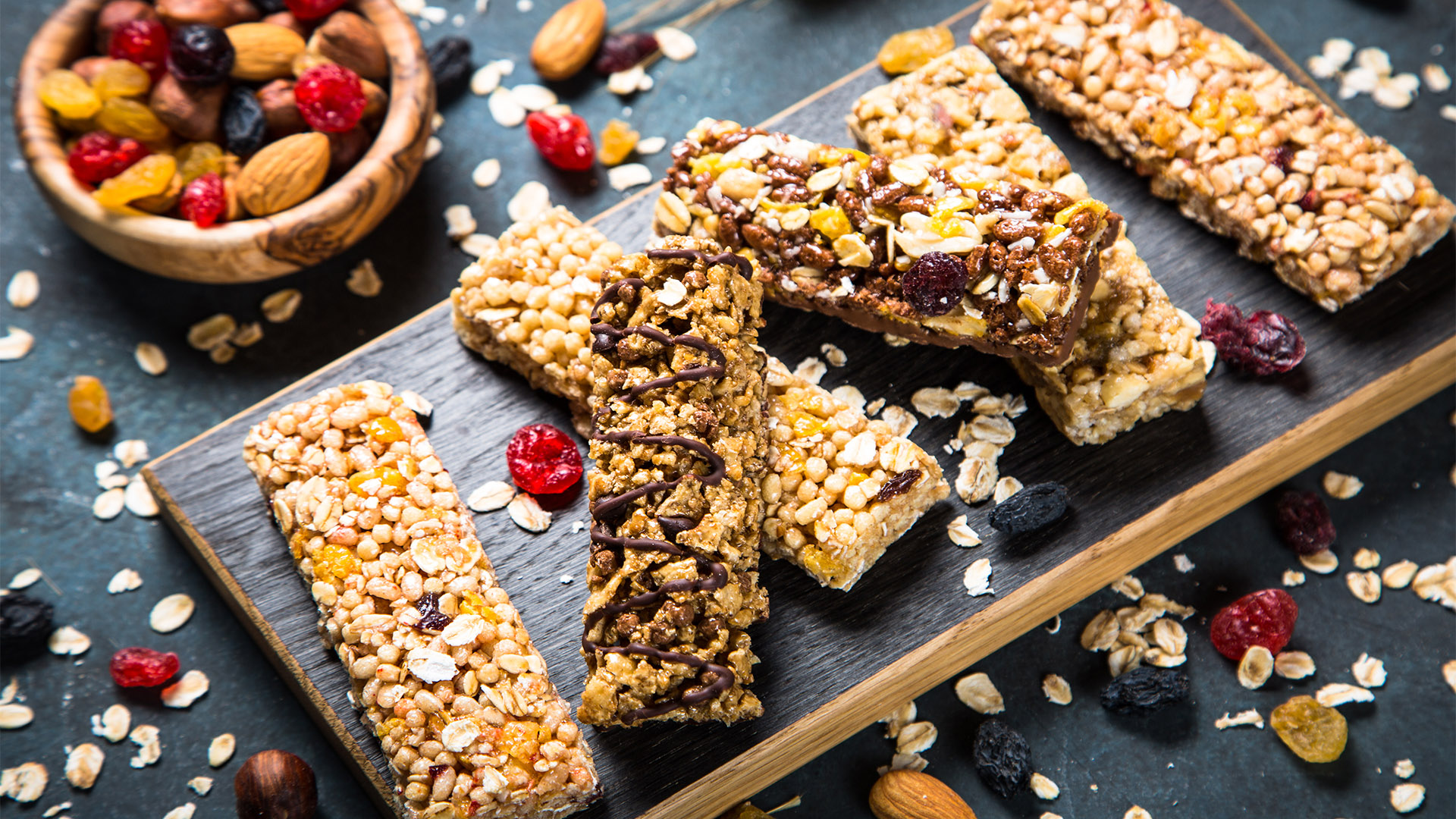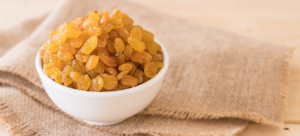Compression-based and extrusion-based processing are common methods used in various industries, including manufacturing, food processing, etc., and are also used in snack bar production. These methods involve manipulating materials to achieve specific shapes, textures, or forms.
Application in Snack Bar Manufacturing
In snack bar production, both compression-based and extrusion-based processing techniques play crucial roles in creating a wide array of snack bars available in the market.
Compression-based processing is also used in manufacturing snack bars, particularly for denser or more solid ones. This method involves using high pressure to compress ingredients into a specific mold or shape. Ingredients like dried fruits, seeds, nuts, and other solid components are compacted into bars, often without additional binding agents. These methods are advantageous for creating bars that require a higher density or those that aim to retain the visible texture and distinct layers of ingredients.
In extrusion-based processing, a mixture of ingredients such as grains, sugars, nuts, and binders such as syrups, butter, or fats, is combined into a dough-like consistency. This mixture is then forced through a specially designed die under high pressure and high temperature which creates the desired shape and texture of the snack bar. For instance, granola bars, cereal bars, or protein bars often utilize extrusion processes to form their characteristic shapes and textures. The advantages of extrusion for snack bar production include the ability to create uniform shapes and sizes rapidly, enabling mass production with consistent quality.
Process in Snack Bar Creation
The one manufacturing process that has gained widespread adoption for crafting intricate three-dimensional prototypes and components is an extrusion-based additive manufacturing (AM). It is also known as Fused Filament Fabrication (FFF) or Fused Deposition Modeling (FDM), and it is a 3D printing technique that builds objects layer by layer using a continuous filament of material. For this method, a spool of thermoplastic filament is fed into a heated nozzle, where the material is melted and then extruded onto a build platform in a specific pattern which is determined by a digital model. In snack bar manufacturing precise control over ingredient placement allows for the customization of nutritional content in snack bars.
Role in Snack Bar Formation
So how does it work? Following the blending of the dry components and binding system, the resulting mixture, which is referred to as “dough”, is set aside for some time to enable water to function as a plasticising agent. This allows for the softening of the mixture of the dry ingredients through water migration. Subsequently, the prepared mixture is moved to an extruder, where it undergoes additional mixing and shaping into a bar. This bar is then subjected to a drying or baking process to achieve a moisture content lower than 4%.
Compression-based processing
Compression-based processing in snack bar production involves utilizing high pressure to compact ingredients into solid forms, creating the bars. The process begins with blending ingredients such as nuts, grains, fruits, and binding agents. It uses hot processing which involves flattening the mixture into a slab and gradually pressing it through rollers until it reaches the desired thickness. The slab refers to a flat and relatively thick piece or sheet of the mixture composed of various ingredients. The slab is subjected to drying, toasting, or baking to achieve the desired moisture level before being cut into bars.
However, this method has drawbacks such as high energy and time requirements for cutting and generating substantial non-recyclable waste. Though this waste is often reused by grinding and remixing in subsequent production, it can lead to qualifying issues like changes in color and consistency due to altered properties or uneven particle sizes. On the other hand, cold processing involves compressing and flattening a mixture of dry ingredients and a binder system at or close to room temperature. The compressed mixture is directly cut into bars without the need for drying, baking, or toasting.
Understanding Material Characteristics
Understanding the characteristics of materials, particularly how they react to pressure and heat, holds immense importance in the creation of snack bars. Elements like moisture levels, thickness, and temperature play pivotal roles in shaping the bars’ final texture, flavour, and how long they stay fresh.
Scientific Innovation in Manufacturing
The scientific aspect of these procedures revolves around fine-tuning ingredient compositions and comprehending how diverse elements interact and perform under specific manufacturing conditions. Professionals in engineering and food science extensively examine the flow and behavior of these mixtures, known as rheological properties, to grasp how they respond to pressure during processes like extrusion or compression.
Furthermore, advancements in these techniques aim to optimize effectiveness, nutritional value, and sensory qualities while maintaining consistently high quality and catering to consumer preferences for healthier, natural, or specialized snack bar choices. Researchers continuously explore fresh ingredient blends, processing methods, and equipment designs to refine the overall snack bar production process. This pursuit ensures continual improvement in creating better snack bar options for consumers.
Constant Pursuit of Improvement
Both compression and extrusion methods entail managing material characteristics amidst pressure and heat. Scientists concentrate on rheology, which examines how materials flow and change shape, aiming to refine the manufacturing process. Critical factors like material composition, temperature, pressure, and processing duration significantly impact both techniques.
Continuous scientific advancements drive these processes forward, aiming to enhance efficiency, refine product quality, and broaden versatility. Researchers actively delve into exploring novel materials, fine-tuning process variables, and inventing cutting-edge technologies. These efforts are geared toward elevating manufacturing techniques in diverse industries, including the realm of snack bar production.
Scientific Foundations of Compression and Extrusion
The sophisticated science underpinning compression-based and extrusion-based processing methods revolves around understanding how materials react to pressure, heat, and shaping. These methods are crucial in various sectors, notably in snack bar manufacturing, where manipulating ingredient properties is vital for achieving desired textures and flavors.
Mastering elements such as material composition, temperature, pressure, and processing time is fundamental in these manufacturing processes. Scientists deeply explore rheology, examining how materials flow and change shape, aiming to optimize production methods and precisely control the end product’s traits.
Ongoing scientific advancements aim to enhance manufacturing efficiency, elevate product standards, and diversify material applications. Pursuing innovation involves persistent exploration of new materials, fine adjustments in process parameters, and pioneering technology development. These collective endeavors not only seek to improve manufacturing effectiveness and quality but also aim to expand these methods across diverse industries, signifying significant progress in snack bar production and beyond.
Leading image: nadinab/Shutterstock.com





